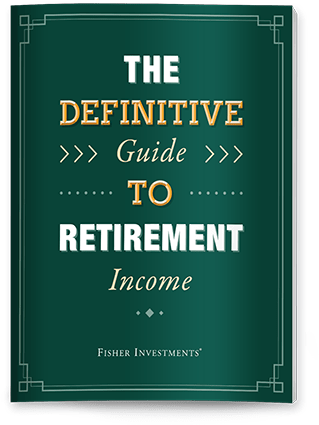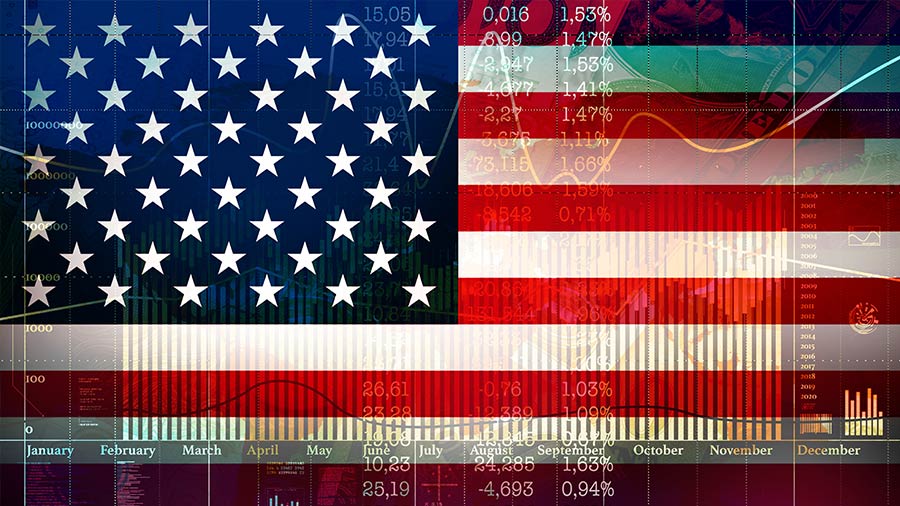Personal Wealth Management / Politics
The Long Shutdown’s Little Lasting Effect
History’s longest shutdown didn’t shut down this bull market.
Editors’ note: MarketMinder is deliberately nonpartisan, preferring no party nor any politician, as political bias can blind, leading to investing mistakes. We seek only to determine what effects—if any—government policies and actions have on economics, markets and people’s personal finances.
Just in time for the holidays—and associated travel—the government started up again after a record-long 43-day shutdown. This allows air traffic control to fully restaff and national parks to reopen, among other affected public services. Huzzah! But what does it mean for investors? Humbug. Not much.
As we wrote entering October, investors seemed pretty unmoved about the potential market effects, a change from past standoffs. Their calm didn’t prove wrong. Judging by the S&P 500’s 2.5% total return through the ordeal, stocks were none too bothered by the shutdown itself.[i] Bond yields barely budged, with 10-year Treasury rates starting and ending at 4.1%.[ii] Our main takeaway: This extends shutdowns’ long record of never causing bear markets or recessions. The latest brings stocks’ average return during a shutdown to 0.2%.[iii]
Even with this one’s unprecedented duration, markets hardly seemed to blink. Yes, there were heartaches and hardships for those caught in the uncertainty around food aid. And working six weeks without pay is a very tough ask for many. But broadly, there seemed to be widespread awareness that while things were very tough for the affected workers and the small businesses they frequent, life and commerce went on in the rest of the country. That is ultimately what stocks care about.
So with history’s 22nd now in the can, shutdowns may be losing their ability to stoke fear. The biggest volatility during its span occurred around President Donald Trump’s October 10 threat to reimpose triple-digit tariffs on China—which proved to be a negotiating ploy. Shutdown fears, though, remained notably absent throughout the stretch. Compared to past installments, that may be the most remarkable thing about it. Perhaps this reflects warmer sentiment generally, which might not hold in shutdowns that lie ahead. Or perhaps this new, sensible view holds. Since attitudes can shift for any or no reason, we hesitate to draw big conclusions at this point.
In the meantime, the practical effects from the shutdown’s end show why markets—and investors—were correct in viewing it mostly as a nothingburger. With federal furloughs since October 1 reversed, those workers will now receive backpay. The shutdown-ending deal also prevents government layoffs through January 30. Moreover, it funds some key government agencies and programs—the US Department of Agriculture (which provides Supplemental Nutrition Assistance Program benefits), Veteran Affairs, Congress and military construction—through the fiscal year ending September 30, 2026.
However, for the rest of government, this potentially sets up a replay at January’s end, when the bipartisan short-term budget compromise expires. While this is well-known, lacking surprise power, it carries some uncertainty: Will the parties compromise, how long will it take and what will be the nature of the give and take? In a midterm election year, maybe both sides see incentive to play nice to avoid riling voters. Maybe not. But forward-looking markets are well aware another potential showdown looms a couple months from now.
About the only permanent casualty from America’s longest shutdown thus far: some backward-looking economic data. Because government data collection was suspended in October, the White House said the Bureau of Labor Statistics (BLS) will probably skip last month’s consumer and producer price index (CPI and PPI) reports and some of its jobs data. (September’s Employment Situation Report will come out November 20.) The BLS didn’t conduct October’s household survey to calculate the unemployment rate, and while it hasn’t yet announced its plans, there is speculation that it won’t attempt a retroactive survey now. If so, this would be the first break in the survey’s monthly string of data since 1948. However, the BLS will probably still release the establishment survey—the other half of the jobs report—from which it tallies nonfarm payrolls, as businesses have an automatic reporting system.
For markets, though, gaps in unemployment and inflation data are no big loss. They look approximately 3 to 30 months ahead and will have already moved on from whatever happened in October. Jobs data in particular are late-lagging, reflecting staffing decisions that follow growth trends. Halfway through Q4, markets are looking well into 2026 now, not at what happened weeks ago. Whatever occurred in October, they already priced it.
Some October data will get released, but with caveats. For example, the Commerce Department’s Bureau of Economic Analysis (BEA) announced it will publish October’s personal consumption expenditures (PCE) on November 26, which includes the PCE price index—the Fed’s official inflation target. But without CPI and PPI data that feed into it, economists expect the figure to be largely “imputed,” filled in based on other available datapoints. As one noted, “So, with even less data, the statistical significance of these numbers is likely to drop even further.”[iv]
Meanwhile, datasets forming the BEA’s GDP and trade reports, alongside the Census Bureau’s retail sales and durable goods releases and the Fed’s publication of industrial production, will probably be delayed rather than canceled. Businesses still have all the information used to construct these measures and can simply report two months’ worth. While handy, this underscores these series’ limited relevance for forward-looking markets: Statistical agencies collate the data, but the raw information was already out there, which markets instantly absorbed then. Those looking to official data for confirmation—sentiment gut checks—will still be able to, if only a bit later than usual.
So all in all, while shutdown disruptions weren’t and aren’t great for the broad economy and vast majority of the country, they lack much punch—a reality markets pretty much expected all along.
[i] Source: FactSet, as of 11/13/2025. S&P 500 total return, 9/30/2025 – 11/12/2025.
[ii] Source: FactSet, as of 11/13/2025. 10-year Treasury yield, 9/30/2025 – 11/12/2025.
[iii] Source: FactSet, as of 11/13/2021. S&P 500 price returns, 9/30/1975 – 11/12/2025.
[iv] “The Government Is Back Open. Here’s What That Means for Economic Data,” Alicia Wallace, CNN, 11/14/2025.
If you would like to contact the editors responsible for this article, please message MarketMinder directly.
*The content contained in this article represents only the opinions and viewpoints of the Fisher Investments editorial staff.
Get a weekly roundup of our market insights
Sign up for our weekly e-mail newsletter.

See Our Investment Guides
The world of investing can seem like a giant maze. Fisher Investments has developed several informational and educational guides tackling a variety of investing topics.





